The Hydroponic Adventure in My Backyard
Sipping coffee on a rainy morning typically brings a sense of peace; it’s a time for reminiscing about simpler days. But it also reminds me of an adventure I embarked on not too long ago, right in my own backyard—an escapade into the world of hydroponics. You might chuckle at what I thought would be a straightforward project. Little did I know that I was leaping into a tangled mess of oscillating pumps, smelly water, and an unfortunate demise of several fish along the way.
The Spark of an Idea
It all started when I saw a video online. A slick dude with a well-groomed beard and lots of enthusiasm explained how you could grow tomatoes, lettuce, and even strawberries without soil. “No dirt? Sign me up!” I thought. I imagined popping out to the backyard, plucking fresh veggies, and tossing them into my salad. Oh, the joy!
But before I could solidify my dreams of vegan utopia, I needed to figure out the hows. After a deep dive into YouTube and more Googling than I care to admit, I had a schematic in my mind. It was a mix of the good, the bad, and what I convinced myself was brilliant DIY innovation. I rummaged through my cluttered shed—a graveyard of abandoned tools—and found an old fish tank, some PVC pipes, and buckets that had previously housed who-knows-what. Everything was ready; all I needed was enthusiasm and a sprinkle of that can-do spirit.
The Build: What Could Go Wrong?
With a decked-out toolbelt slung around my waist, I felt like a craftsman ready to build his legacy. It was one of those summery Saturdays where the air felt electric with possibilities. I set to work, hammering, sawing, and assembling the makeshift hydroponic system. I figured gravity would do its thing, and the nutrient-rich water would flow through the pipes to my plants.
Needless to say, my first big mistake was thinking I could simply connect everything and leave it be. After an hour of trial and error, I had this convoluted setup where water would flow liberally, then stop, and then leak. Oh, the leaking! It felt like I was trying to wrangle a wild animal.
As I adjusted the PVC tubing—cursing occasionally—I had the bright idea to incorporate fish. After all, what was hydroponics without aquaponics, right? I dashed to the local pet store, exhilarated. “I’ll take ten goldfish, please!” I said, completely ignoring the sales clerk’s raised eyebrows. I justified my choice with their hardiness and low maintenance.
I got home with my ten brightly colored aquatic buddies. The warm glow of my backyard seemed to radiate the thrill of new beginnings.
The Downfall
A week later, I was bursting with pride. Water was flowing, the fish were swimming happily, and I even started seeing tiny buds on my basil plants. But like many grand ventures, it quickly twisted into chaos. The day the water turned green was the day my optimism took a nosedive. It was murky, filthy—like swamp water.
“What the heck is happening?” I screeched to nobody in particular. I nearly flung my coffee cup across the yard. After some research, I learned that the murkiness was algae feasting on the nutrient solution I had naively prepared, thinking it was a buffet for my plants. It was a real wake-up call, presenting itself as green ‘slime’ that required me to start over once again.
As for the fish? Let’s just say I didn’t think about water quality and oxygen levels deeply enough. One by one, the goldfish succumbed to my negligence—floating like little orange exclamation points in my water grave. Guilt started settling heavily in my chest, coupled with the smell of decomposing fish. I thought of burying them, but then I’d have to confront the reality of my failures and, honestly, I wasn’t ready for that.
Lessons Learned
Through sleepless nights of worrying about dissolved oxygen and excessive algae, I grew wiser (if somewhat war-torn). I learned about the balance necessary for success—an “aha” moment when I truly understood the relationship between the fish, plants, and nutrient solutions.
As spring approached, I made adjustments. I added an air pump to aerate the water—I repurposed an old aquarium filter I had lying around. New life began to bloom as plants sprouted; it felt like redemption. But it was the small, everyday victories, like tweaking the pH balance or having my first strawberry grow, that filled me with reassurance and glee.
Sure, it was messy, and things didn’t turn out like I envisioned. Some days, I wanted to toss in the towel and shout, “Forget this!” But each time I checked on my little garden—watching the leaves unfurl—you realize those moments of adversity teach you a thing or two about patience and perseverance.
In Closing
If you’re ever wanting to take a leap into the world of hydroponics or aquaponics, remember: it’s okay to mess up! Don’t fret over getting it perfect the first time. Just start, and you’ll learn along the way. Nothing feels as rewarding as playing in the dirt—or rather, the water—seeing your failures bloom into progress.
So here’s my heartfelt advice, dear friend: Grab a couple of buckets and some seeds (or fish), and dive in. You’ll have stories to tell over coffee too, and I promise they will be just as rich and colorful as the vegetables you’ll eventually grow.
And if you want to join the next session to delve deeper into this journey, Reserve your seat here!

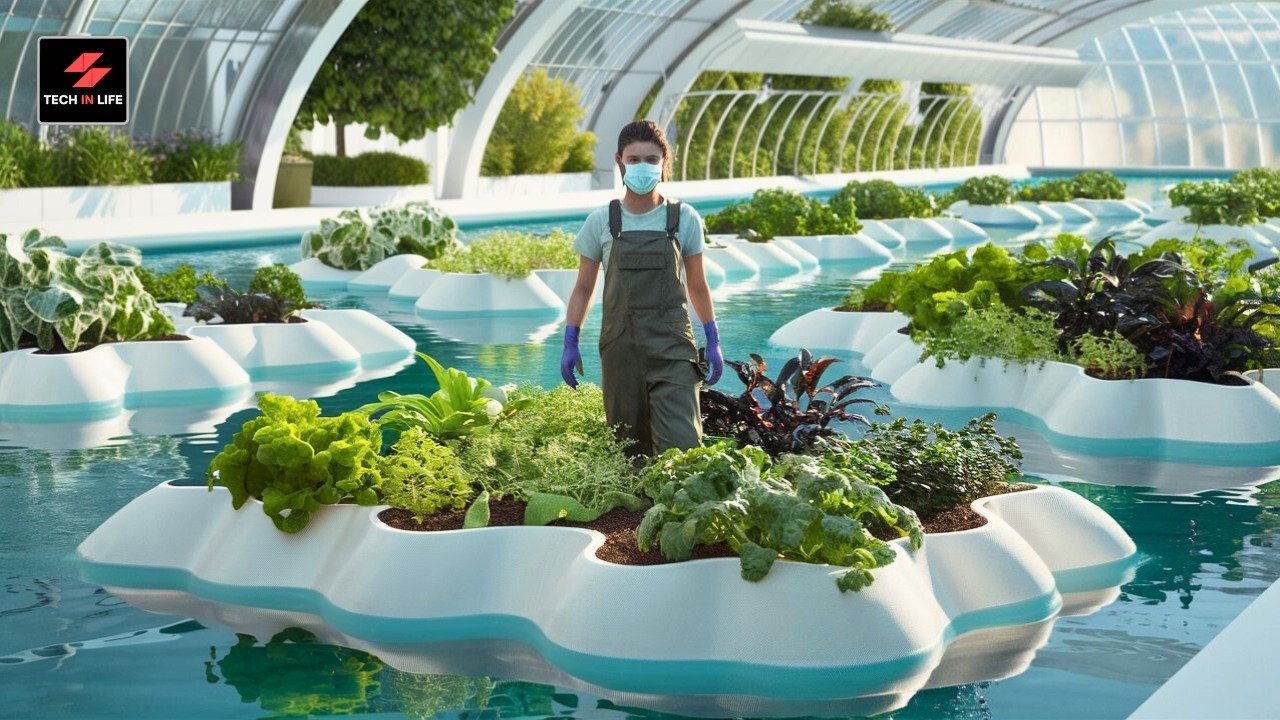
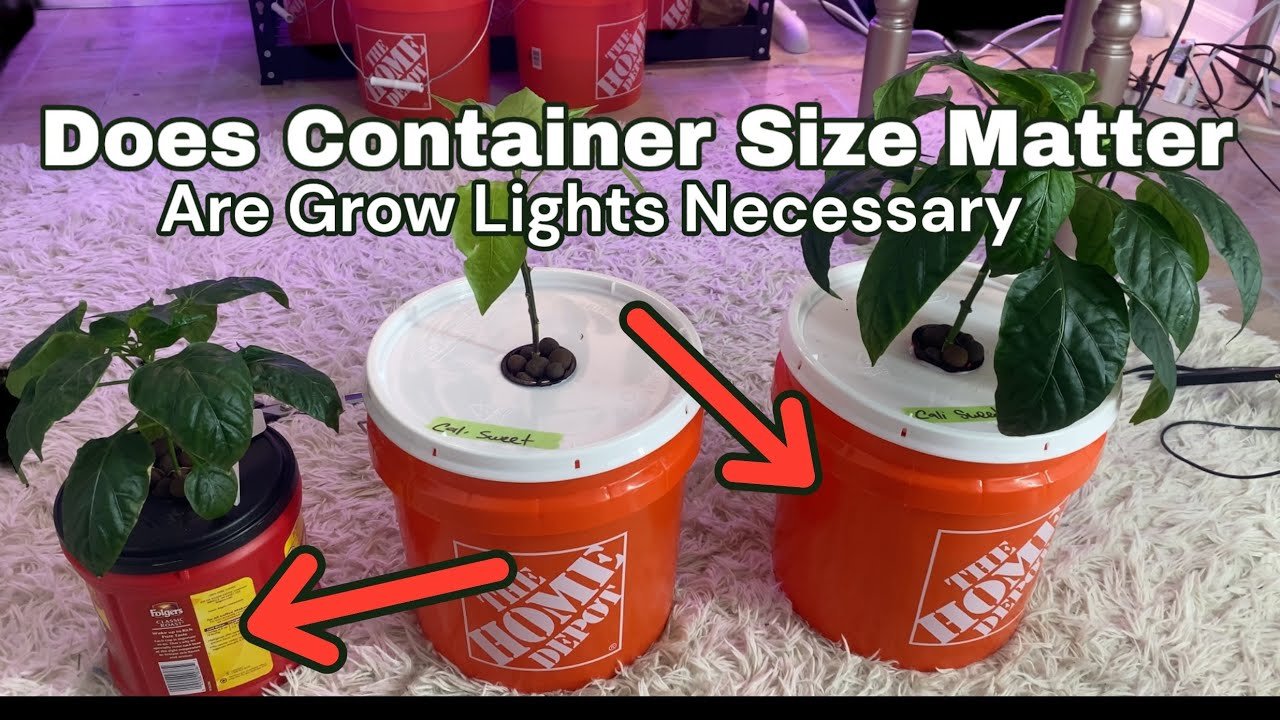
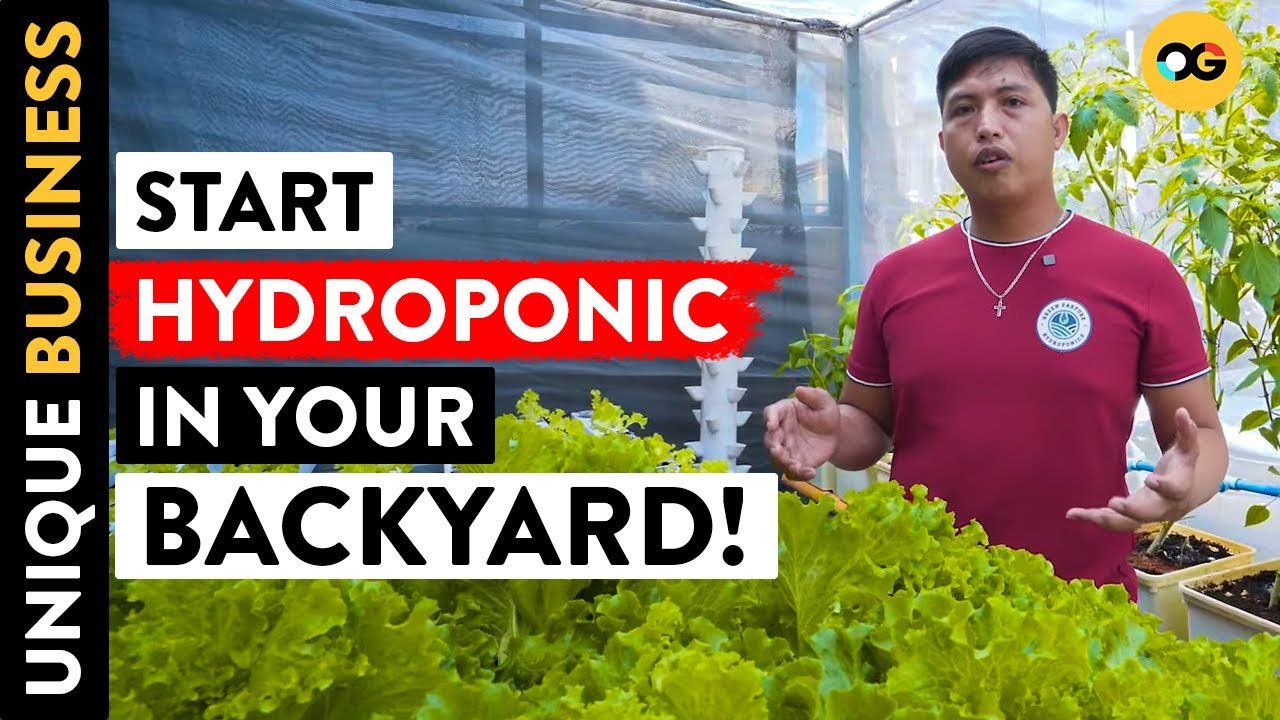
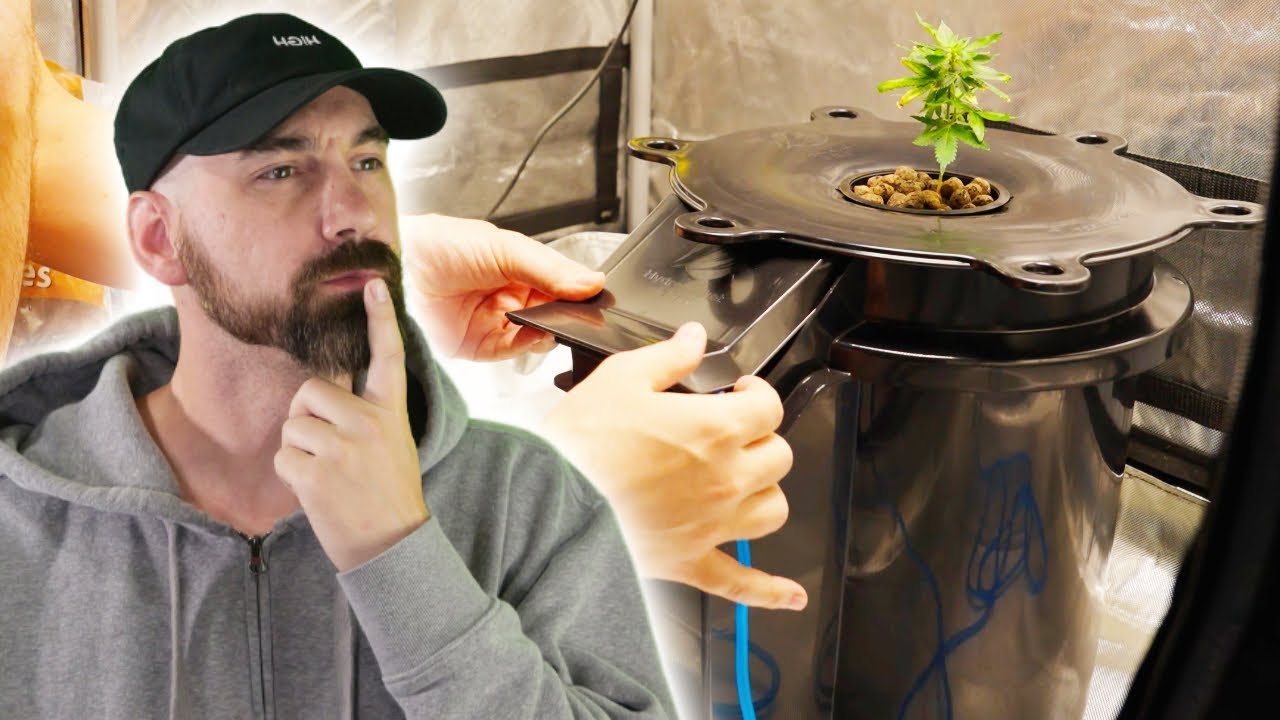
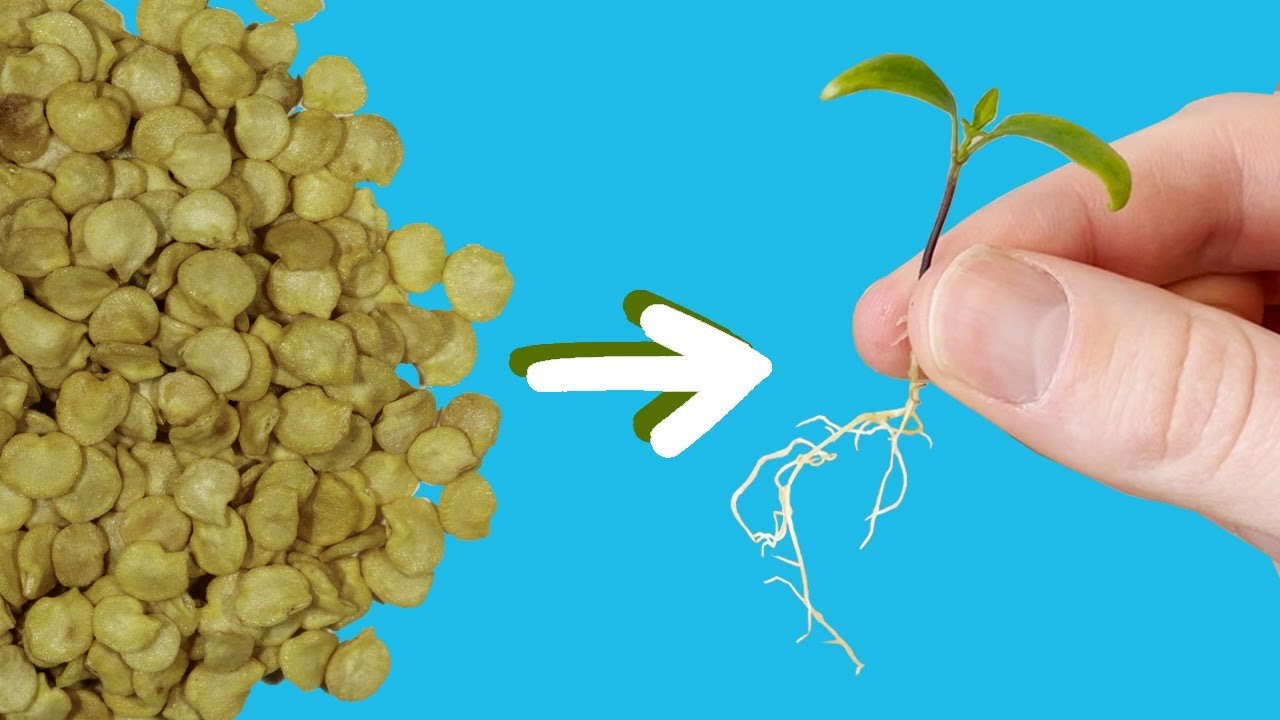
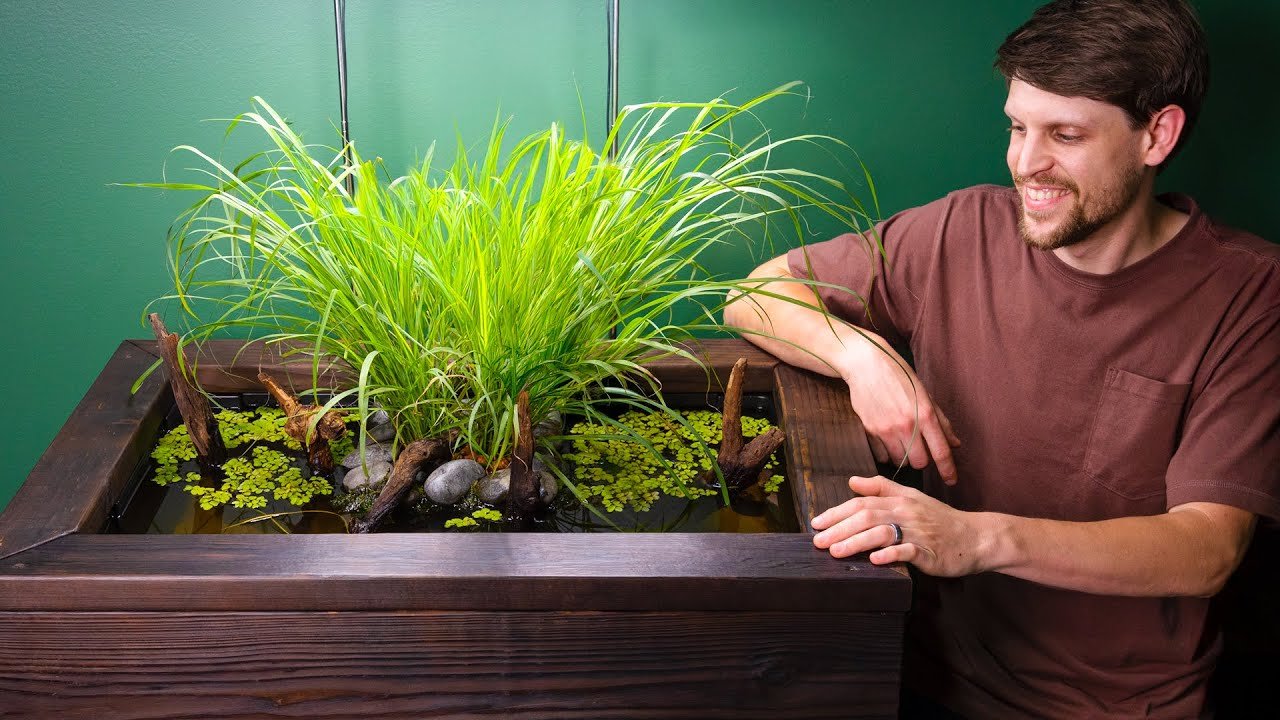
Leave a Reply